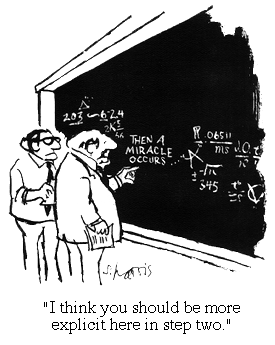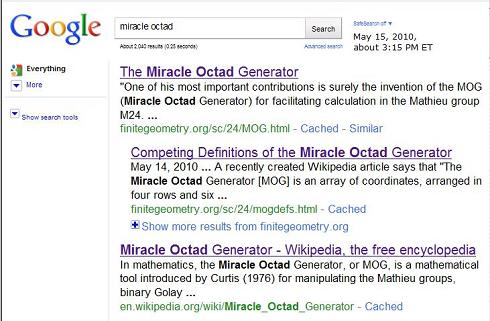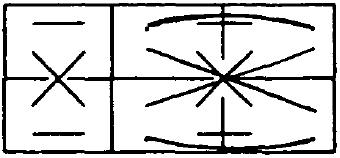
The Greek capital letter Omega, Ω, is customarily
used to denote a set that is acted upon by a group.
If the group is the affine group of 322,560
transformations of the four-dimensional
affine space over the two-element Galois field,
the appropriate Ω is the 4×4 grid above.
See the Cullinane diamond theorem .
If the group is the large Mathieu group of
244,823,040 permutations of 24 things,
the appropriate Ω is the 4×6 grid below.

See the Miracle Octad Generator of R. T. Curtis.











